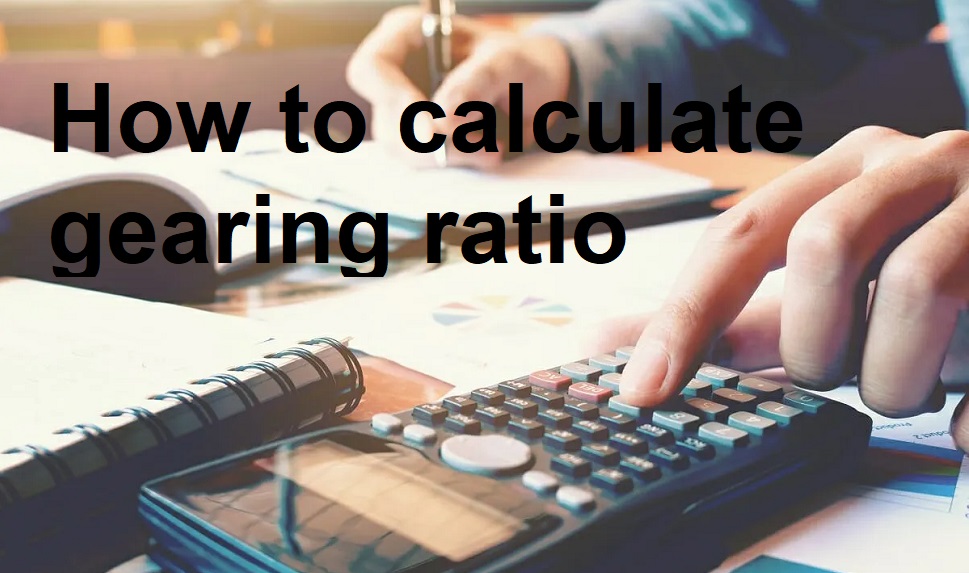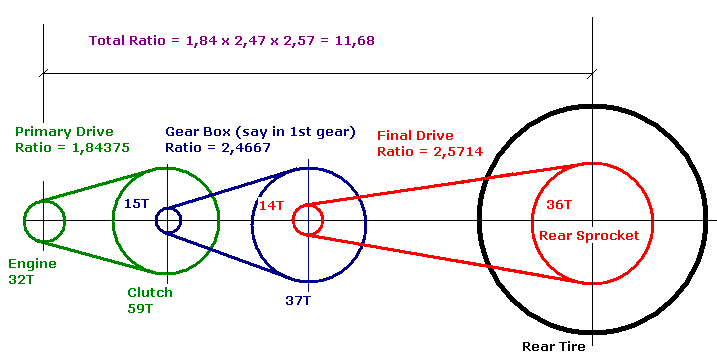
Debt-to-equity, like all gearing ratios, reflects the capital structure of the business. A higher ratio is not always a bad thing, because debt is normally a cheaper source of financing and comes with increased tax advantages. The net gearing ratio is the most commonly used gearing ratio in financial markets.
Learn At Your Own Pace With Our Free Courses
During operation, the pinion makes three complete revolutions for every single revolution of the larger gear. The teeth of the gear are principally carved on wheels, cylinders, or cones. Many devices that we use in our day-to-day life there working principles as gears. Someone on our team will connect you with a financial professional in our network holding the correct designation and expertise. Our mission is to empower readers with the most factual and reliable financial information possible to help them make informed decisions for their individual needs. Our writing and editorial staff are a team of experts holding advanced financial designations and have written for most major financial media publications.
Interpreting the Gearing Ratio in Corporate Finance

Gearing provides a measurement of a company’s financial leverage. This leverage demonstrates how much of a firm’s activities are funded by shareholders and how much is funded by creditors. A calculation method dear to many financial analysts, a gearing ratio is a real thermometer for assessing the financial health of a company. This financial ratio is used as much by investors as bankers or business executives. Debt-to-equity ratio values tend to land between 0.1 (almost no debt relative to equity) and 0.9 (very high levels of debt relative to equity). Most companies aim for a ratio between these two extremes, both for reasons of economic sustainability and to attract investors or lenders.
Markets
- When two or more gears mesh together the arrangement is called a gear set or a gear train.
- For many years when Central Bank’s pursued quantitative easing policies, interest rates were so depressed, that even in relatively leveraged companies, interest cover was not a problem.
- As interest expense is tax deductible in most jurisdictions, a company can magnify its return on equity by increasing the proportion of debt in its capital structure.
- Investors are aware of potential default risks and may therefore be more reluctant to invest their money.
Gearing (otherwise known as “leverage”) measures the proportion of assets invested in a business that are financed by long-term borrowing. A firm’s gearing ratio should be compared with the ratios of other companies in the same industry. If you’re looking at a company and trying to determine if they’re a worthy investment opportunity, you’ll look at their gearing.
72% of retail client accounts lose money when trading CFDs, with this investment provider. Please ensure you understand how this product works and whether you can afford to take the high risk of losing money. Businesses that rely heavily on leverage to invest in property or manufacturing equipment often have high D/E ratios. R&G Plc’s balance sheet on 31 December 2017 shows total long-term debts of $500,000, total preferred share capital of $300,000, and total common share capital of $400,000. Lenders rely on gearing ratios to determine if a potential borrower is capable of servicing periodic interest expense payments and repaying debt principal without defaulting on their obligations. A business can create a capital structure that strikes a balance between its demand for funding and its tolerance for financial risk by examining various situations and how they affect th ratio.
While this setup demonstrates a gear reduction in terms of speed, in return it provides us with an output that has more torque, when compared to the input. With a gear ratio of 4, we can say that we get four times the mechanical advantage when it comes to torque. ● Firstly, like any financial analysis method, a gearing ratio is not sufficient in itself. This result must be cross-checked with other calculations to really understand a company’s financial health.
Gearing ratio measures a company’s financial leverage, the level of interest-bearing liabilities in its capital structure. It is most commonly calculated by dividing total debt by shareholders equity. Alternatively, it is also calculated by dividing total debt by total capital (i.e. the sum of equity and debt capital). Financial gearing ratios are a group of popular financial ratios that compare a company’s debt to other financial metrics such as business equity or company assets.
On the other hand, even a slight improvement in such a company’s ROCE can lead to a large increase in its ROE. The following information has been taken from the balance sheet of L&M Limited. Suppose a company reported the following balance sheet data for fiscal years 2020 and 2021. There are different types of gear depending upon the angle of power transmission. For parallel transmission, these include spur, helical, herringbone, and planetary gears.
These provisions aim to guarantee the rights of the lender and to prevent possible defaults. This ratio can be expressed as the number of gear how do i file form 1041 for an estate or trust teeth divided by the number of pinion teeth. So in this example, since there are 54 teeth on the larger gear and 18 teeth on the pinion.
As we discussed above, a high ratio could indicate a higher default risk, which could make it harder for a business to get funding or good loan terms. In contrast, a low ratio indicates a lesser default risk, which may attract lenders and creditors to a corporation. An essential statistic used by creditors and lenders to assess a company’s creditworthiness is the gearing ratio. A ratio of 50% indicates a moderate level of financial leverage. The company’s situation can also have a considerable impact on the gearing ratio. For example, if a company has just made a major acquisition, a ratio higher than 1 would be momentarily acceptable before tending towards a much lower level.
